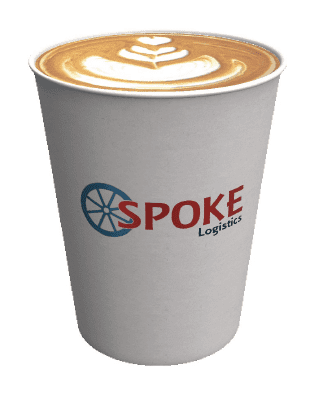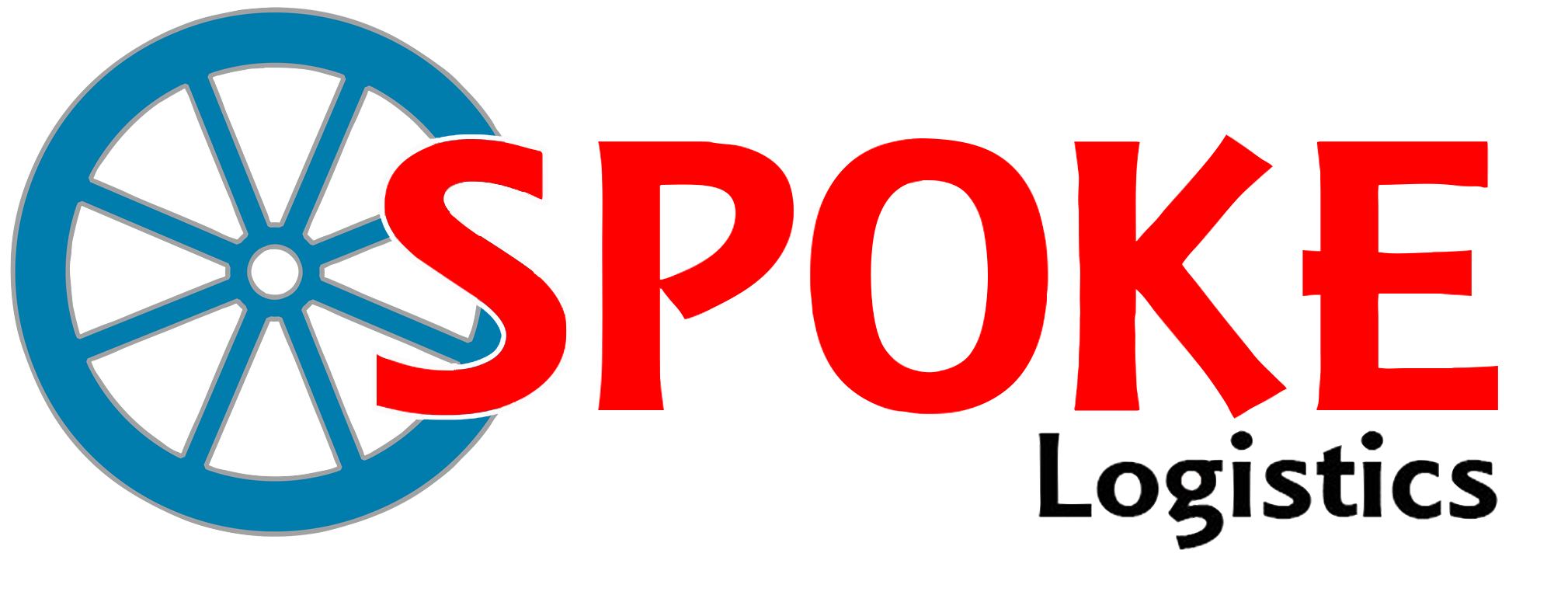The Danger of Fixed Costs When Demand is Variable
Covid-19 dealt a death blow to many U.S. businesses – with over 200,000 additional closing during the first year of the pandemic1. While they may have lived to fight another day, the economic impact to the surviving businesses continues to be substantial. Companies relying on a delivery fleet to move their products to customers were hit especially hard because a large percentage of these vehicles sat idle during this downturn. Amongst all this pain, there are lessons learned that should help minimize the financial damage the next time our country faces this type of financial disruption.
Few companies did better during the pandemic, so the vast majority that are still with us had to shed expenses to offset the loss in revenue and profits. Faced with that situation, the most expedient thing to do is bring variable costs down to as close to zero as possible. The cost of reducing this type of overhead is minimal and it tends to decrease naturally when business volume is low. Examples would be delivery vehicle maintenance, fuel, overtime wages and bonuses.
The easy reductions were not enough for most businesses, and many were forced to eliminate jobs and liquidate fixed assets such as office space, forklifts, IT equipment, delivery vehicles and more. With so many businesses shuttered, and employees forced to work from home, there was not the same need for warehouses, box trucks and the people to run them. Unfortunately, the financial impact of reducing these fixed assets is far more severe.
The Center for Economic and Policy Research (CEPR) has an online tool that shows the cost of laying off an employee making $20 per hour is just under $3,000. According to vehicle values pulled from Kelley Blue Book, a Mercedes Sprinter Van traveling 115 miles per day will depreciate 33% the first year and 78% within three years. The depreciation is even greater for vehicles that don their company logos or have custom racks installed since the new owner wouldn’t likely want either. This means a three-year-old van purchased for $65,000, would be liquidated for less than $15,000, or it could be left idle and continue to depreciate further. That is quite a large financial hit for a company to take every time their demand decreases significantly.
Since most businesses are now seeing an economic uptick, there will be a similarly large cost to add back delivery drivers and vehicles. The average cost to hire an employee is $4,129 and the average time to fill a position is 42 days according to the Society for Human Resource Management’s new Human Capital Benchmarking report.
As we have learned, pandemics, recessions and other shocks to the economy are expensive and the most successful long-term businesses will skillfully plan for and navigate through them. Many, who suffered the least amount of pain during the past year, had outsourced at least a portion of their delivery operations and made those expenses variable. When demand for their product waned, it only took a phone call to reduce their fleet and the related financial obligations. As business volumes returned, those companies with a strong logistics partner could simply make a call to add back delivery resources to handle the increased demand.
Keeping a business alive during tough economic times will certainly entail more than managing your delivery fleet expenses, but this is a relatively easy step that could save your company a great amount of expense and headache. Are you ready for the next business disruption?
1 Crane, Leland D., Ryan A. Decker, Aaron Flaaen, Adrian Hamins-Puertolas, and Christopher Kurz (2021). “Business Exit During the COVID-19 Pandemic: NonTraditional Measures in Historical Context,” Finance and Economics Discussion Series 2020-089r1. Washington: Board of Governors of the Federal Reserve System, https://doi.org/10.17016/FEDS.2020.089r1.

